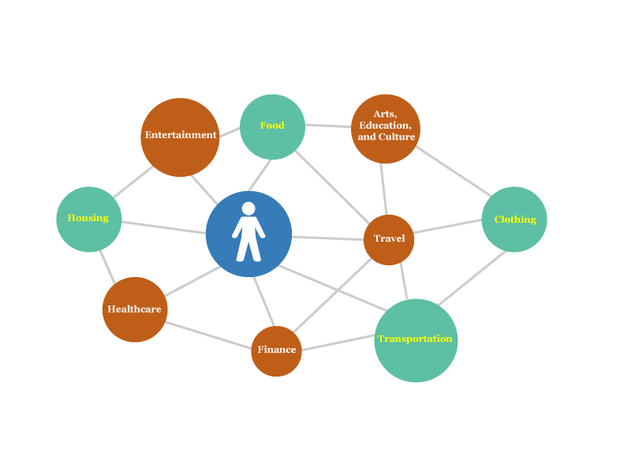State of Surveillance
Government Documents Reveal New Evidence on China’s Efforts to Monitor Its People
on October 30, 2020


ChinaFile’s translation of an excerpt from a July 2019 procurement notice, issued by the Comprehensive Management, Petitioning, and Stability Maintenance Office in Xiqiao township, Guangdong province. The excerpt describes local officials’ plans for positioning new facial recognition cameras, based on their assessment of residents’ likely movements and daily needs. The original Chinese text follows.

“State of Surveillance,” a new report from ChinaFile, relies on an analysis of a new database of some 76,000 publicly available Chinese government procurement notices related to the purchases of surveillance technology and services across China between 2004 and mid-May 2020, the most comprehensive accounting of China’s surveillance build-up to date. The reporting relies on both quantitative analysis of the entire dataset, as well as close readings of the often lengthy and richly detailed supplemental documents that accompany lists of desired purchases.

The work of buying and building out surveillance infrastructure in China largely falls to local governments. Numerous localities and agencies make purchases as they implement a range of centrally-mandated surveillance projects and campaigns. Given the number of bureaucracies and initiatives taking part—as well as the Party-state’s tendency to withhold information from the public—it is difficult to precisely reconstruct a full account of China’s spending on surveillance-related products and services. According to China Digital Times, the central government distributed 3.1 billion renminbi (U.S.$463,000) to Sharp Eyes projects between its launch in 2015 and the end of 2017. The central government’s five-year plan for video surveillance projected that “from 2016 to 2020, 250 model cities [would] allocate 10 billion renminbi to ‘Project Sharp Eyes.’”

The Chinese government’s surveillance capabilities, while vast and impressive, do not result from one monolithic project. Rather, various central and local government and Chinese Communist Party (CCP) entities have participated in a series of initiatives spanning decades, in waves that sometimes touched upon certain parts of the country and not others, and that at other times overlapped in both space and time. Each national surveillance initiative involves its own ecosystem of localities and government actors. The resulting wave-like expansion of surveillance reflects not only the fitful process of infrastructure development in any country, but also the specific “campaign-style” in which the People’s Republic of China (PRC) implements government policy. It also shows that the Party-state’s obsession with monitoring its own citizens spans leadership changes: No matter the person at the helm, keeping tabs on “the people” is an unquestioned part of managing China.

In 2017, the Public Security Bureau of Xiangfang district in Harbin issued a procurement notice for a new video surveillance system. Included with the notice was this supplemental material, which contains in-depth descriptions of the types of technologies officials hoped to buy, as well as the rationale for buying them. This document is in its original Chinese.
In 2019, the Comprehensive Management, Petitioning, and Stability Maintenance Office in Xiqiao township, Foshan city issued a procurement notice for a new facial recognition surveillance system. Included with the notice was this supplemental material, which contains in-depth descriptions of the types of technologies officials hoped to buy, as well as the rationale for buying them. This document is in its original Chinese.
An image of a typical procurement notice, annotated by ChinaFile.
To reach their goal of monitoring all of China’s key public spaces, local authorities need to buy a lot of cameras and other technology. The approximately 76,000 surveillance-related procurement notices ChinaFile analyzed offer a glimpse into the kinds of hardware and software used throughout China to monitor public spaces.
